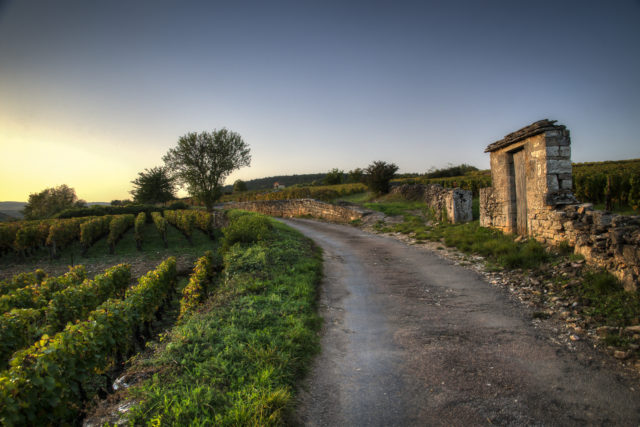
It would take years, maybe even a lifetime, and a strong will to fully explore and learn about the many winemaking regions of France. The country is packed with some of the most legendary, and delicious, wines in the world, and constantly serves as a source of inspiration for the many sommeliers and wine retailers who look to France’s regions to offer more rounded, comprehensive experiences to diners. It’s why you should always be paying attention when you hear of any masterclasses in Australia direct from the regions themselves. They happen fairly regularly, and most recently it was the Bourgogne Wine Board who came down to host a series of exclusive masterclasses for importers, distributers, retailers and sommeliers.
Quick to seize an opportunity to learn more about wine from this very specific part of the famed Bourgogne-Franche-Comté region, one which is known as the production area of choice for Pinot Noir, we caught up with board member Amaury Devillard for a bit more insight into what defines Bourgogne wines and the climactic challenges faced by the region.
What are some of the defining qualities that distinguish Bourgogne as a winemaking region?
Vineyards on slopes east facing; Authentic Terroir wines; depth and balance; elegance, finesse and delicacy; versatile, easy food and wine pairing; and wines which can be drunk young but which also have a great ageing potential.
Running masterclasses obviously commands a different approach depending on audience. What are some of the differences between running a Masterclass for sommeliers and retailers compared to consumers?
For sommeliers, we are teaching much more technical information based on viticulture, wine making and ageing. We also insist more on the value of the wines to show them the opportunities of serving Bourgogne wines by the glass. In the Masterclass setting, we tend to display wines which are not yet on the market whereas for the consumers it is best to stick to what is already available. For the trade we speak about specific key factors for Bourgogne wines, whereas for consumers we stick to the expression of each wine. Food and wine pairing is important for both targets but with sommeliers we go in to more detail so that they can pass on this key information.
Are there any underrated varietals that have emerged or are starting to emerge from Bourgogne this year?
Bourgogne is the worldwide birthplace of Chardonnay and Pinot Noir. Pinot Noir represents 41% and Chardonnay 50%. Aligote, which represents 6% of the totql surface, is the emerging grape varietal in Bourgogne – it produces both a regional wine called Bourgogne Aligote, a fruity fresh and crispy wine. Perfect for a glass of wine before lunch or dinner and appetizers.
Excellent with oysters and even with goat cheese. The other wine produced with Aligote is the Village Appellation Bouzeron. It is produced exclusively in the Cote Chalonnaise. It is a tiny and unique vineyard. The wines have flinty and mineral nose. It is a beautiful vivacity and can age up to five years. It can be enjoyed as a pre diner wine but also pairs perfectly with food. Sauvignon is the other emerging varietal. Grown in the northern part of Bourgogne, close to Chablis. It produces the village appellation Saint-Bris. The wines express aromas of citrus fruit, peach and sometimes exotic fruit. Because it is grown in Bourgogne the wines retain a beautiful minerality and natural freshness.
What are some of the biggest challenges the wine industry in France is facing at the moment?
The climatic conditions have been very uneven (frost, hail, disease) these last two vintages. Global warming is also impacting France, and as a result we start harvesting earlier than we used to. The challenge is to preserve the freshness in our wines. The growing development of vineyards all around the world created a quality challenge for the French producers. For the last ten years, the producers have taken up the challenge.
How are these challenges being address, and what does the next few years look like for Bourgogne wines?
Bourgogne wines have an image of being highly priced, which is true for a small percentage of the range. Nevertheless, regional Appellations, which represent more than 50% of our production, and some Village Appellations like Fixin, Mercurey, Saint VerqnMonthelie, Saint Bris (just to mention a few), are representing tremendous price quality ratio. They are a classic expression of Pinot Noir and Chardonnay. The international and domestic demand is very high, and we wish to keep up to the level of expectations of the markets in terms of quantity and quality.
For more on this historic winemaking region head on over to bourgogne-wines.com
